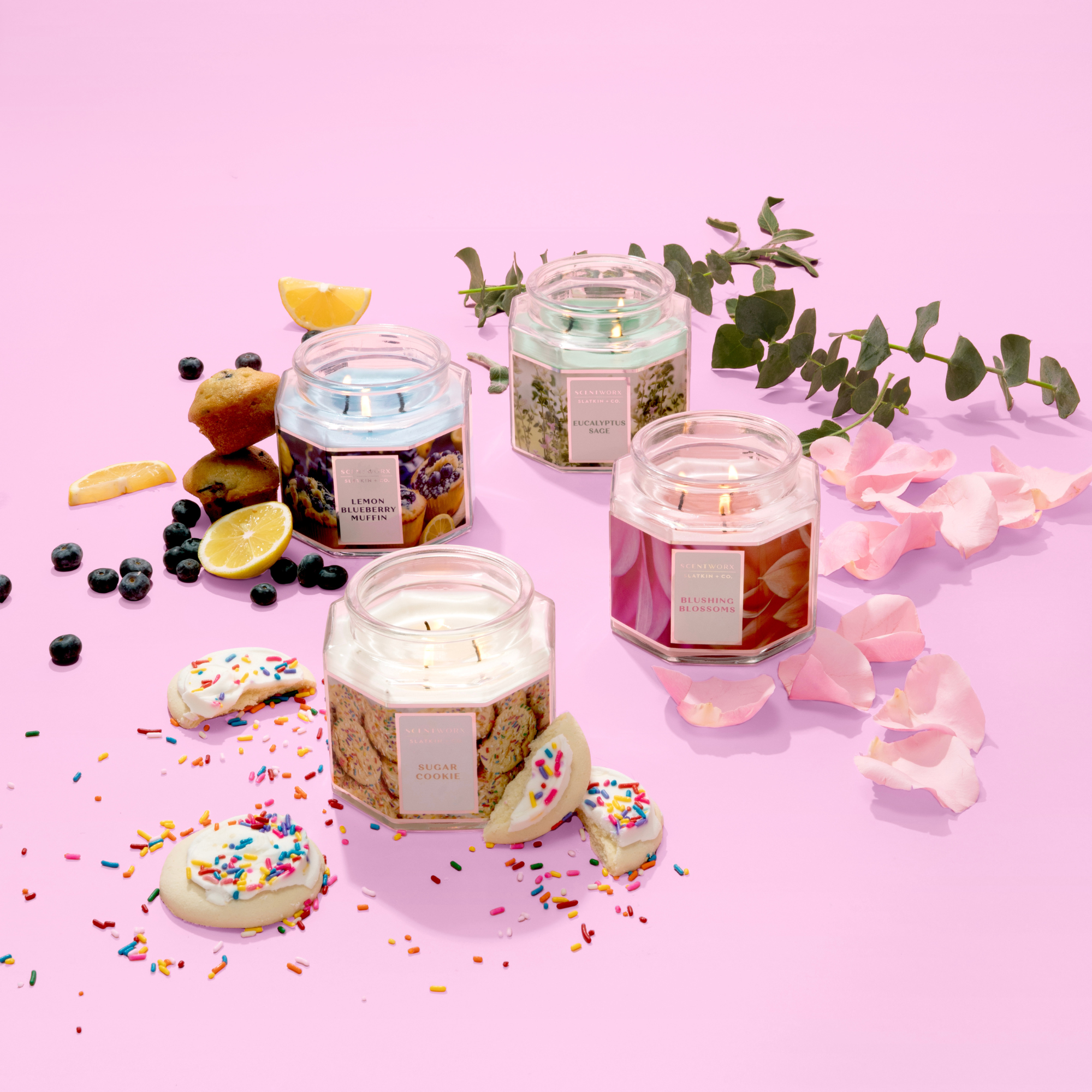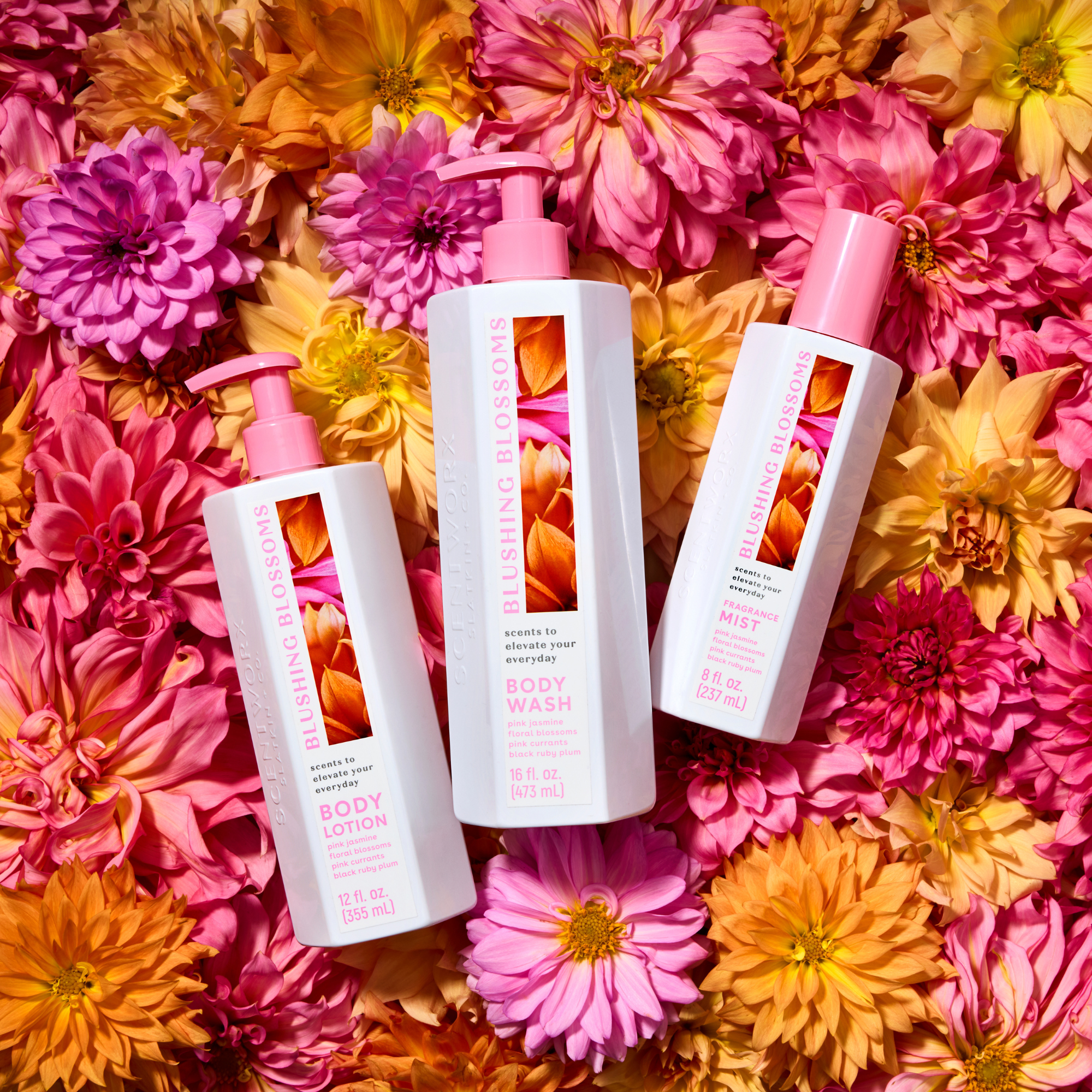What is the average burn time of a candle?
The average burn time of a candle can vary greatly, depending on a number of factors. Generally, the size, material, and how the candle is burned can all influence how long a candle will last. Understanding these factors, as well as being aware of the different types of candles and how to extend the life of a candle, can help you choose the right candle for your needs and make it last as long as possible.
Factors That Affect Burn Time
There are several factors that can affect the burn time of a candle. One of the most important factors is the size of the candle. Generally, larger candles have longer burn times than smaller candles since they contain more wax and fuel for the flame. The type of wax used to make the candle can also affect burn time. Paraffin wax candles tend to have longer burn times than soy or beeswax candles.
The design of the candle can also have an impact on burn time. Candles with a single wick tend to have longer burn times than those with multiple wicks. Additionally, some types of candles are designed to have a slow, steady burn while others are designed to burn quickly.
The environment in which the candle is burned can also affect burn time. For example, burning a candle in a drafty room can cause the flame to burn faster than in a still room. Additionally, the temperature of the room can affect the burn time of a candle. Warmer temperatures can cause the wax to melt faster, resulting in a shorter burn time.
Types of Candles and Their Average Burn Times
The following are some common types of candles and their average burn times:
- Tealight candles: 4 to 5 hours
- Votive candles: 15 to 20 hours
- Container candles (3 inch diameter): 25 to 30 hours
- Pillar candles (3 inch diameter): 40 to 50 hours
Keep in mind that these are only estimates and the actual burn time may vary depending on the factors discussed above.
The type of wax used, the size of the wick, and the environment in which the candle is burned can all affect the burn time of a candle. For example, a candle made with a harder wax may burn longer than one made with a softer wax. Additionally, a larger wick may burn faster than a smaller wick. Finally, burning a candle in a drafty environment may cause it to burn faster than if it were burned in a still environment.
How to Increase the Burn Time of a Candle
There are several ways to increase the burn time of a candle. The first is to make sure the wick is trimmed to 1/4 inch before each use. Allowing the wick to get too long will cause it to produce more smoke and use up the wax more quickly. You should also ensure that there is enough room around the candle for the heat to disperse evenly, as this will help prolong the burn time.
Additionally, avoid burning the candle for more than 4 hours at a time, as this can cause the wax to become too hot and melt away quickly. To maximize the life of your candle, try burning it in short increments instead.
You can also use a candle snuffer to extinguish the flame, as this will help prevent the wick from becoming too long. Additionally, using a candle shield can help protect the flame from drafts, which can cause the candle to burn too quickly.
Safety Tips for Burning Candles
When burning candles, it is important to take safety precautions to prevent fires and other accidents. Never leave a burning candle unattended and make sure it is placed in a secure location away from drafts, pets, and children. Additionally, always use a heat-proof holder and never move a burning candle.
It is also important to keep the wick trimmed to 1/4 inch and to extinguish the flame before it reaches the holder or container. Additionally, never use a candle as a night light and always make sure to extinguish the flame before leaving the room or going to sleep.
Tips for Extending the Life of a Candle
In addition to following the safety tips above, there are several other ways to extend the life of a candle. For instance, storing candles in a cool, dry place will help prevent premature melting or discoloration. Additionally, avoid exposing your candles to direct sunlight as this can cause them to fade or warp.
If you find that your candles are burning too quickly, try placing them in the refrigerator before lighting them. This will help slow down their burning rate and increase their lifespan.
You can also trim the wick of your candle before each use. This will help prevent the flame from becoming too large and will help the candle burn more slowly and evenly.
Troubleshooting Common Candle Burning Issues
If you are having trouble getting your candle to stay lit or if it is producing too much smoke, try snuffing out the flame and trimming the wick back down to 1/4 inch before relighting it. Additionally, make sure that you are not burning your candle in drafts or near air vents, as this can cause it to smoke or flicker. Lastly, if your candle begins to tunnel or form an indentation in its center, this is a sign that it needs to be extinguished and allowed to cool before being used again.
It is also important to remember to keep the wax pool clear of any debris, such as wick trimmings, as this can cause the candle to smoke. Additionally, make sure to burn your candle for at least two hours at a time to ensure that the wax melts evenly and prevents the formation of a tunnel. Finally, always use a candle snuffer to extinguish the flame, as blowing it out can cause the wax to splatter.
How to Choose the Right Candle for Your Needs
When choosing a candle for your needs, it is important to consider not only its size and design but also its material and burn time. Paraffin wax candles tend to be cheaper than soy or beeswax candles but may have shorter burn times. On the other hand, soy and beeswax candles tend to last longer but may be more expensive. Additionally, if you plan on using a candle for multiple hours at a time, pillar candles may be a better choice since they typically have longer burn times than container candles.
By understanding the factors that affect burn time and taking into consideration the type of candle you need for your project, you can choose the right candle for your needs and maximize its lifespan.





